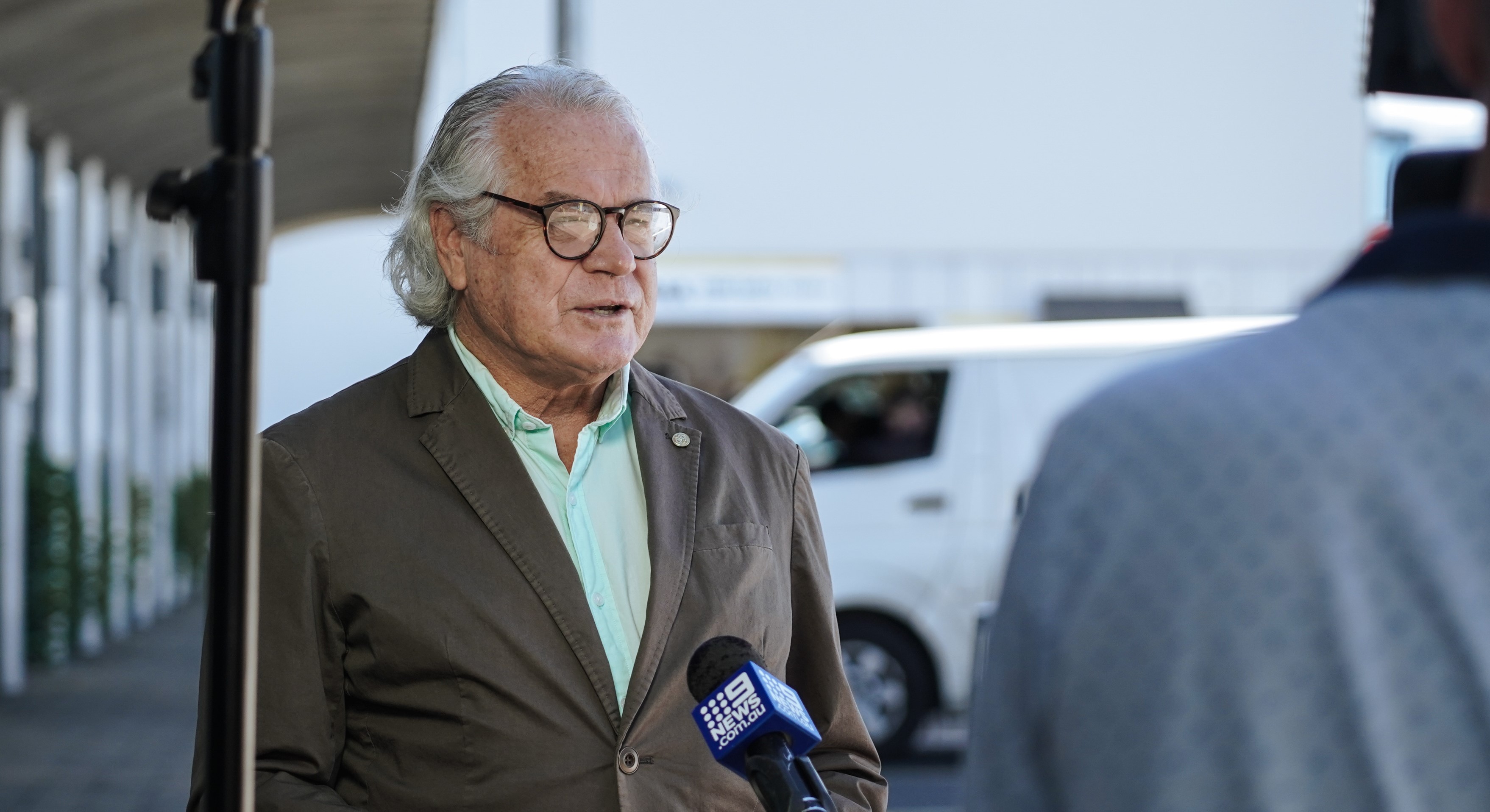
 visit raa.com.au
visit raa.com.au
Can I take my EV out in the rain? (Yes!) Can people easily steal the battery out of my car? (No!) Do EVs catch on fire? (no more likely than fuel vehicles!)
These are some of the myths RAA’s resident future mobility expert Mark Borlace debunked at Campbelltown Council’s ‘Driving Forward in EVs’ event over the weekend.
As interest in EVs continues to grow, we’re hearing more and more questions from our members on the practicalities of EV ownership. We sat down with Mark to wrap up some of the other more frequently mentioned myths.
Electric vehicles aren’t affordable for most people
Like fuel vehicles, there are a variety of EV makes and models in the market for a variety of budgets and lifestyles. It’s true that the upfront costs of EVs are currently more expensive than conventional vehicles, however this is changing.
“There are a selection of new mid-range EVs available in Australia for under $50K and soon there will be more under $40K. There are also state and federal incentives available for new EV owners.
“We anticipate that price parity between mid-sized sedan EVs and petrol vehicles may be reached around 2025 to 2026 – helping to put more EVs within consumer reach.”

EVs don’t have enough driving range
Today’s EVs have more than enough range for the average Australian. Current EVs have an average battery range of 400km but the technology is advancing so rapidly that new models can drive for almost 550km on a single charge. The average Adeladian drives their vehicle 24km a day – so there’s plenty of charge to get around day-to-day.
For when you need to travel longer distances, the upcoming South Australian EV charging network will help keep you moving across our great state.
EV batteries don’t last long and are expensive to replace
The total expected lifespan of an EV battery is around 10 – 15 years. When batteries get to 80% of their capacity (when new) they are deemed to be close to the end of their useful life.
“That being said, a typical EV battery has three or four times the capacity of the house battery, so there is opportunity for them to have another productive life as a house battery for another decade or more.
“After that they may also have another decade in low load applications such as powering farming property items such as water pumps and opening and closing gates.”
Have a question on electric vehicles? Let us know via CorpCommunications@raa.com.au .
Pictured: one of RAA’s fleet EVs on display at Campbelltown Memorial Oval, 25 May 2022.